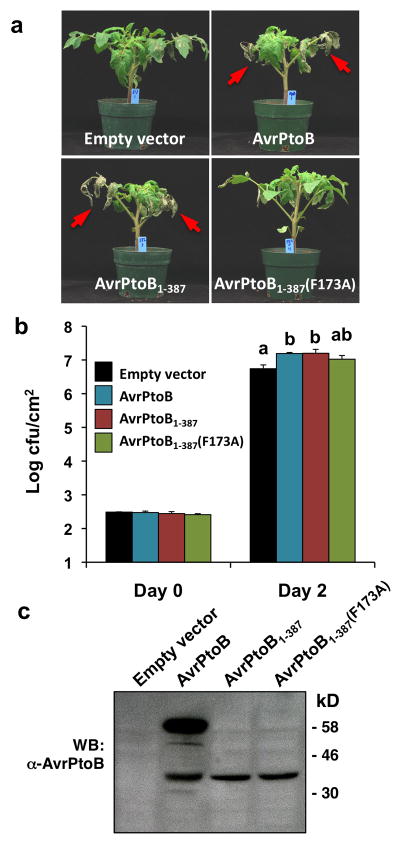Figure 1. The N-terminal region of AvrPtoB is sufficient to suppress immunity in tomato triggered by PAMPs of Pseudomonas syringae other than flagellin.
(A) Disease symptoms of RG-prf3 plants 4 days after inoculation with Pst strains DC3000ΔavrPtoΔavrPtoBΔhopQ1-1ΔfliC carrying either empty vector (pCPP45) or plasmids expressing AvrPtoB, AvrPtoB1-387, or AvrPtoB1-387(F173A). Red arrows point to enhanced necrosis observed on lower leaves, a characteristic of AvrPtoB virulence (Xiao, et al. 2007). (B) Bacterial populations in leaves of plants as shown in (A). Pst strains were infiltrated into RG-prf3 plants using an inoculum of 3 × 104 cfu/mL. Each treatment represents the mean of four plants and bars show the standard error. Experiments were repeated three times with similar results. Means with different letters were significantly different based on a Tukey-Kramer HSD test (α= 0.05). (C) Expression of AvrPtoB, AvrPtoB1-387, or AvrPtoB1-387(F173A) in DC3000ΔavrPtoΔavrPtoBΔhopQ1-1ΔfliC carrying corresponding plasmids grown in minimal medium under hrp induction conditions (Lin, et al. 2006) confirmed using a polyclonal anti-AvrPtoB antibody (Lin et al., 2006). The lower band in the AvrPtoB lane is likely a degradation product.

